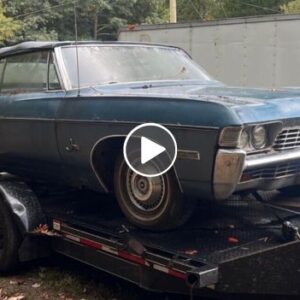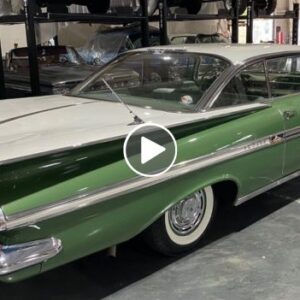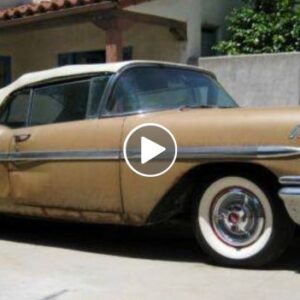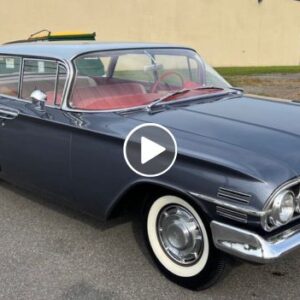If you’ve been following me on these pages, you probably already know I have a thing for classic Mopars. My affinity for Dodges and Plymouths goes beyond the muscle car era, but the third-gen Barracuda and the first-gen Challenger rank high on my top 10 coolest Mopars ever made.
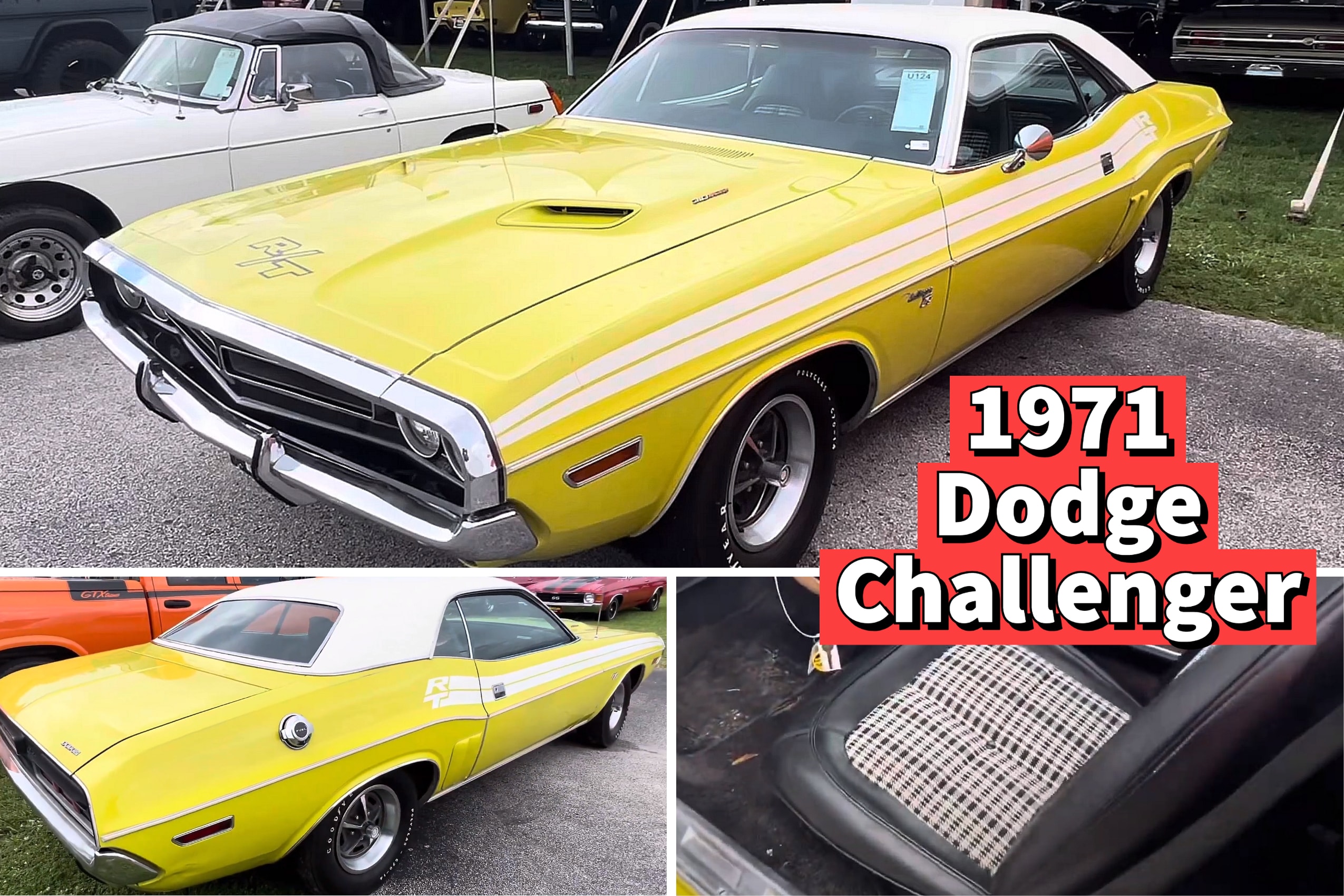

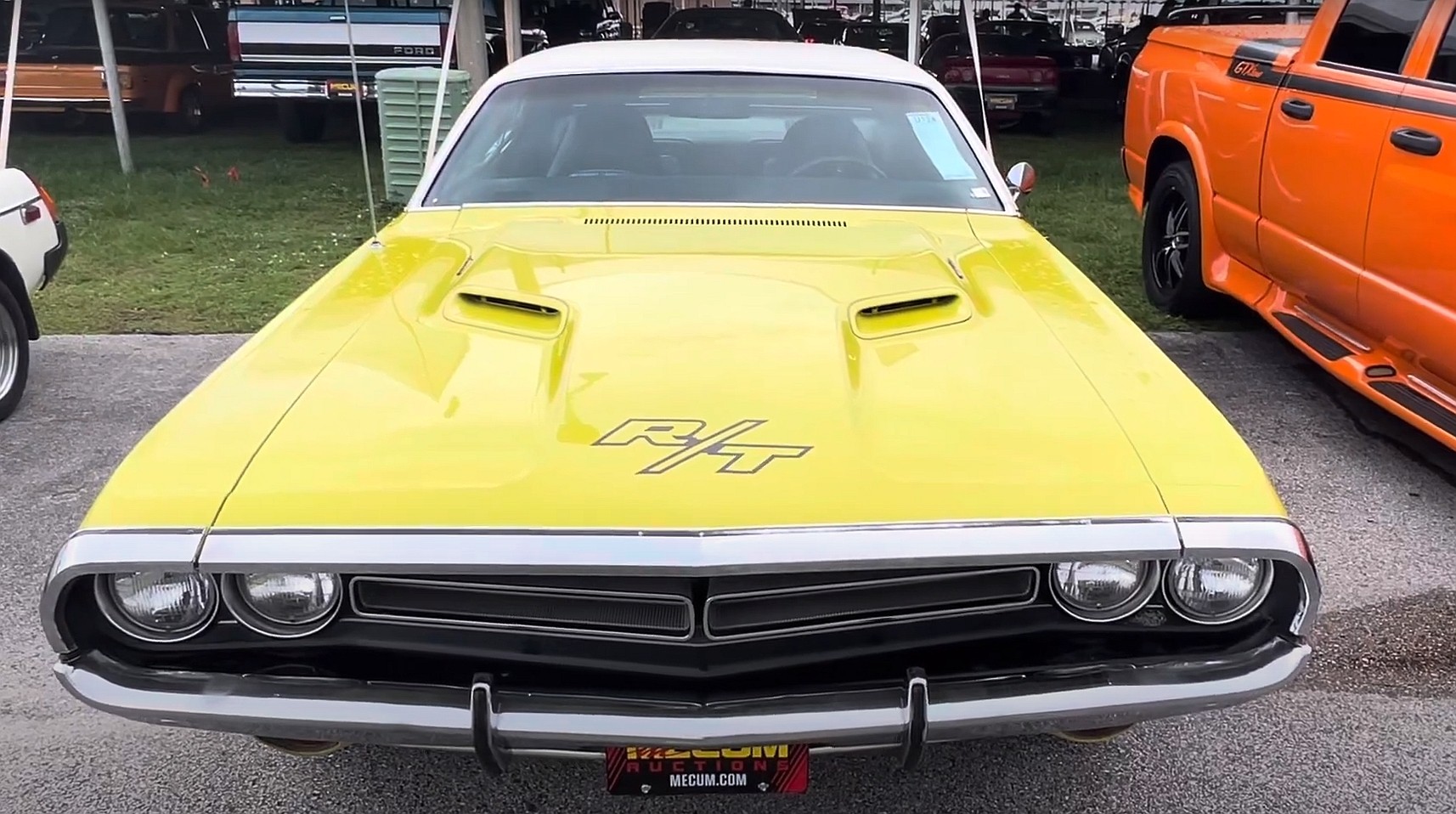

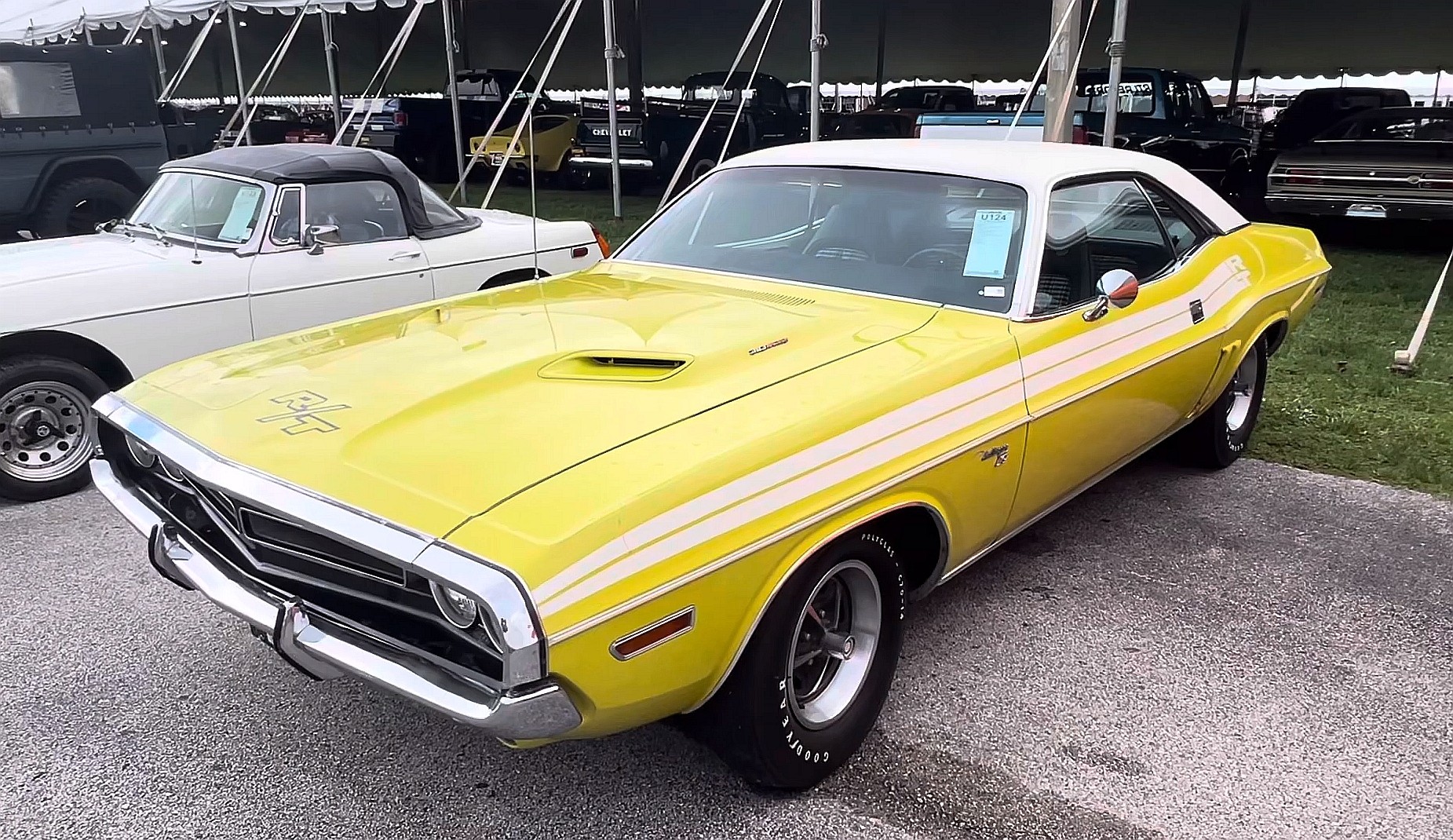
And it’s not just the mean look and the high-performance V8 engines that draw me to these E-body twins. It’s also the “high impact” color palette they came with at the time. Because nothing screams “cool!” better than a flashy hue like Plum Crazy, Sublime, or Go Mango. And guess what? I’m that guy who wants his Mopar in Panther Pink (or Moulin Rouge, as Plymouth called it). There’s nothing sexier than a pink Cuda or Challenger in my book!
And you’ll never guess what’s my second favorite “high impact” color. Nope, it’s not Plum Crazy / In-Violet. And as much as I like green, it’s not Green Go / Sassy Grass, either. It’s yet another somewhat unpopular hue. I’m talking about Citron Yella. Called Curious Yellow on Plymouth cars, Citron Yella was only available in 1971. And it’s pretty rare because of its limited availability. Unlike Top Banana / Lemon Twist, which remained on the options list from 1970 to 1973.
And you know what works well on a Citron Yella 1971 Challenger? White stripes and a white vinyl top. Add a Houndstooth pattern interior and the R/T package with a big-block V8, and I’m sold. Granted, it’s not the most desirable color combo, but at least one customer ordered a Challenger with all the options above in 1971. And besides being a rare E-body, this Challenger is also an unrestored and unmolested survivor.
Despite being 52 years old as of 2023, this R/T still sports its original factory paint, white vinyl top, and Houndstooth bucket seats. And they’re all in surprisingly good condition. Well, perhaps it’s not that shocking since the odometer shows only 55,787 miles (89,789 km), but you get the gist. Yup, this Dodge was babied from day one and spent quite a few years in storage.
The all-original factor extends under the skin through a numbers-matching 383-cubic-inch (6.3-liter) Magnum V8 engine and Torqueflite automatic transmission. It also rocks desirable options such as factory air conditioning, power steering, and a center console. Sure, it’s not a super-rare HEMI or 440 Six-Pack car, but R/T-spec 383 models aren’t a dime a dozen either.
For starters, Dodge Challenger sales dropped dramatically from 76,935 units in 1970 to only 27,377 examples in 1971. And only 4,630 were ordered with the R/T package that year. While the 383 engine was the most common with the bundle, the production included only 2,509 units. The automatic transmission narrows it down even more to 1,985 cars.
There’s no official breakdown based on paint, but most Challenger experts agree that around 4.2% of 1971 cars were ordered in Citron Yella. This means fewer than 90 Challenger R/T 383 automatics left the assembly line wearing this hue. If we also factor in the white vinyl top, the Houndstooth seats, and the options, we might be looking at a one-of-one example. But it makes no difference because this Challenger is a stunning survivor regardless of how rare it is.
The Mopar came out of the Elmer Auto & Toy Museum Collection in 2022, and it has since found a new home for $62,700. Check it out in the video below.
And it’s not just the mean look and the high-performance V8 engines that draw me to these E-body twins. It’s also the “high impact” color palette they came with at the time. Because nothing screams “cool!” better than a flashy hue like Plum Crazy, Sublime, or Go Mango. And guess what? I’m that guy who wants his Mopar in Panther Pink (or Moulin Rouge, as Plymouth called it). There’s nothing sexier than a pink Cuda or Challenger in my book!
And you’ll never guess what’s my second favorite “high impact” color. Nope, it’s not Plum Crazy / In-Violet. And as much as I like green, it’s not Green Go / Sassy Grass, either. It’s yet another somewhat unpopular hue. I’m talking about Citron Yella. Called Curious Yellow on Plymouth cars, Citron Yella was only available in 1971. And it’s pretty rare because of its limited availability. Unlike Top Banana / Lemon Twist, which remained on the options list from 1970 to 1973.
And you know what works well on a Citron Yella 1971 Challenger? White stripes and a white vinyl top. Add a Houndstooth pattern interior and the R/T package with a big-block V8, and I’m sold. Granted, it’s not the most desirable color combo, but at least one customer ordered a Challenger with all the options above in 1971. And besides being a rare E-body, this Challenger is also an unrestored and unmolested survivor.
Despite being 52 years old as of 2023, this R/T still sports its original factory paint, white vinyl top, and Houndstooth bucket seats. And they’re all in surprisingly good condition. Well, perhaps it’s not that shocking since the odometer shows only 55,787 miles (89,789 km), but you get the gist. Yup, this Dodge was babied from day one and spent quite a few years in storage.
The all-original factor extends under the skin through a numbers-matching 383-cubic-inch (6.3-liter) Magnum V8 engine and Torqueflite automatic transmission. It also rocks desirable options such as factory air conditioning, power steering, and a center console. Sure, it’s not a super-rare HEMI or 440 Six-Pack car, but R/T-spec 383 models aren’t a dime a dozen either.
For starters, Dodge Challenger sales dropped dramatically from 76,935 units in 1970 to only 27,377 examples in 1971. And only 4,630 were ordered with the R/T package that year. While the 383 engine was the most common with the bundle, the production included only 2,509 units. The automatic transmission narrows it down even more to 1,985 cars.
There’s no official breakdown based on paint, but most Challenger experts agree that around 4.2% of 1971 cars were ordered in Citron Yella. This means fewer than 90 Challenger R/T 383 automatics left the assembly line wearing this hue. If we also factor in the white vinyl top, the Houndstooth seats, and the options, we might be looking at a one-of-one example. But it makes no difference because this Challenger is a stunning survivor regardless of how rare it is.
The Mopar came out of the Elmer Auto & Toy Museum Collection in 2022, and it has since found a new home for $62,700. Check it out in the video below.
